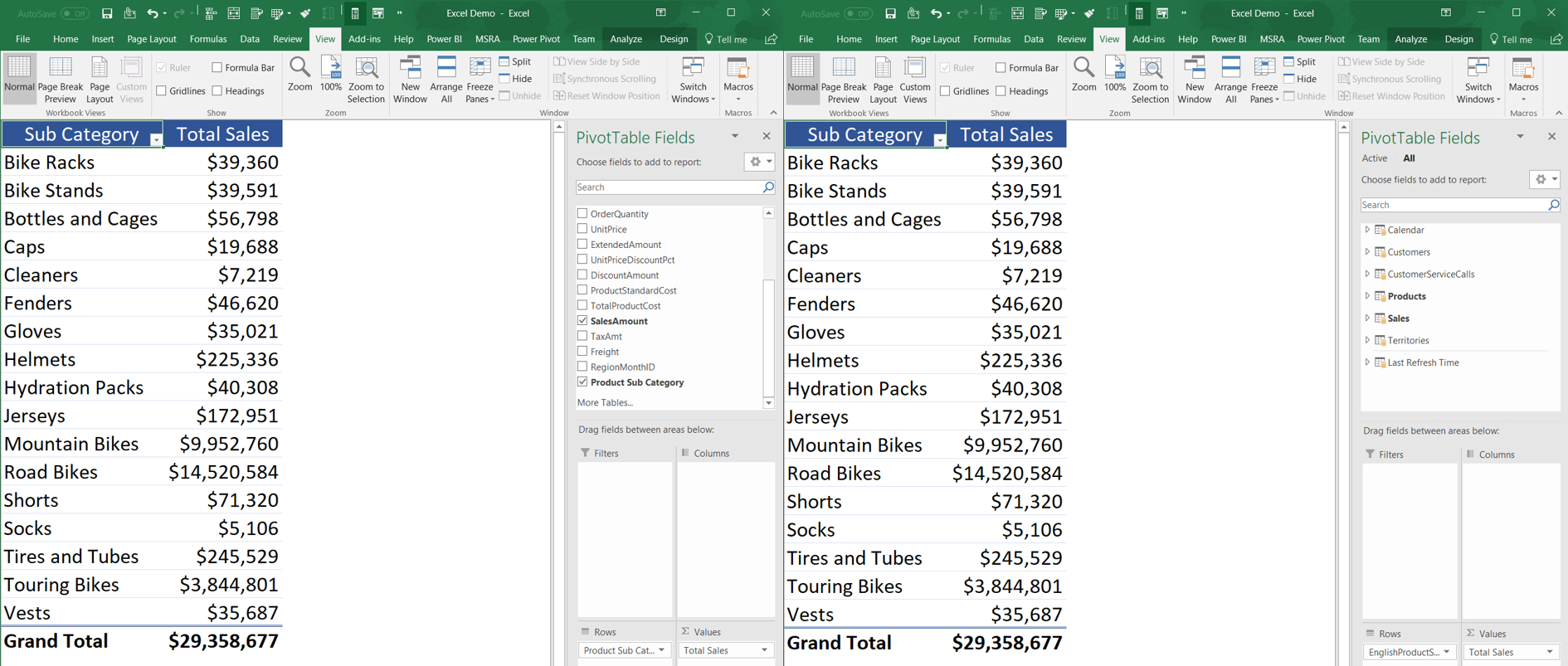

At the right side of this window, under the “Data options” section, check the “Enable Data Analysis add-ins: Power Pivot, Power View and 3D Maps” checkbox.

Then, if using Excel 2019 or later or Excel for Office 365, click the “Data” category shown at the left side of the “Excel Options” window. Then click the “Options” category at the left side of the backstage view to open the “Excel Options” window. To do this, click the “File” tab in the Ribbon to open the backstage view. Then click the “OK” button to the right to enable the add-in.Īlternatively, you can enable the data analysis add-ins in Excel to enable Power Pivot, Power View (which is deprecated), and 3D Maps (formerly Power Map) at one time. In this window, check the checkbox for the “Microsoft Power Pivot for Excel” add-in. Then click the adjacent “Go…” button to open the “COM Add-Ins” window. At the bottom, right side of this window, select “COM Add-ins” from the “Manage” drop-down. Within this window, click the “Add-Ins” category at its left side. To enable Power Pivot in Excel, click the “File” tab in the Ribbon to open the backstage view. Power Pivot is an “add-in” program that you must enable in Excel before you can use it. Before you can start using Power Pivot, however, you must enable it in Excel. Power Pivot expands the abilities of the Excel data model to allow for robust data management and reporting for PivotTables and PivotCharts. This lesson shows you how to enable Power Pivot in Excel.

However, if you interact with it (click refresh, click a slicer, etc) you will get an error message. This means that you can upload an Excel 2013 file with a Power Pivot data model in it to SharePoint. Excel 2013 cannot be used to create Data Models that run on SharePoint Server 2010. For SharePoint Server 2010, this means you’ll need to continue to use Excel 2010 and a Power Pivot for Excel add-in to create and maintain a Data Model. Note to SharePoint Server 2010 customers: Client applications used to create a Data Model need to align with the server applications that host a Data Model. I encourage you to check out our Excel help page, which makes it crystal clear: I have been getting a lot of questions on compatibility around Excel 2010 / Excel 2013 / SharePoint 2010 / SharePoint 2013. To be honest, I have been confused myself. Version compatibility between Power Pivot Data Models in Excel 2010 / 2013 and SharePoint 2010 / 2013


 0 kommentar(er)
0 kommentar(er)
